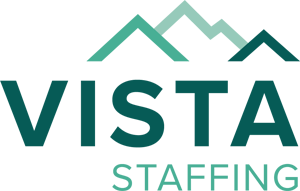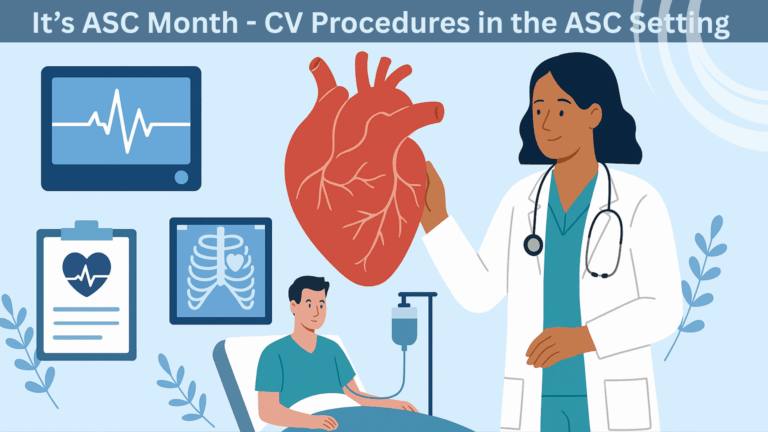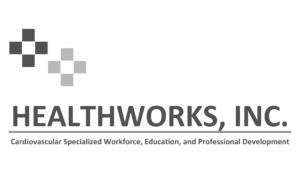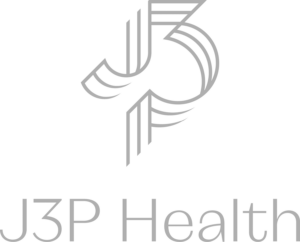Choosing the Right Delivery Model
Traditionally, vascular and cardiac procedures were performed in hospital-based operating rooms or specialized interventional suites. However, advancements in technology and changes in healthcare delivery models have led to the emergence of Office-based labs (OBL) and ambulatory surgery centers (ASC) as an alternative setting for certain procedures.
The concept of office-based vascular procedures gained traction in the 1990s with the advent of minimally invasive techniques and the introduction of endovascular procedures. Small incisions or percutaneous approaches offered the potential for reduced patient discomfort, shorter recovery times, and cost savings compared to traditional open surgeries.
In the last 5-7 years, the Center for Medicare & Medicaid Services (CMS) has gradually recognized clinical advances by adding cardiac procedures to the covered procedure list (CPL), which allows reimbursement for device implants, diagnostic cardiac catheterizations, and in 2020 CMS approved low-risk PCI in the ASC setting. This shift is also endorsed by the Society for Cardiovascular Angiography & Intervention (SCAI), which has published a consensus statement to provide guidance for cardiac programs in the ASC.
Exploring the Hybrid OBL/ASC Model: Maximizing Utilization and Financial Benefits
Now that PV and cardiac procedures are both in the outpatient setting of care (i.e., OBL and ASC), there is a strong interest from hospitals, physicians, and private investors to investigate how both specialties can utilize the same physical space while still reaping the financial benefits of each site of service. The result was the hybrid model OBL/ASC. In this model, the facility operates as an office-based lab on designated days and the remaining days it operates and bills as an ASC. The reimbursement in each site of service has been the primary reason why the hybrid OBL/ASC model exists.
However, with the 2022 CMS fee schedule changes, we have essentially reached a site neutrality for reimbursement of peripheral artery procedures. Historically, peripheral vascular procedures have seen a higher reimbursement in the OBL setting, this is no longer the case for most of the procedures. While OBLs experienced financial challenges owing to significant reductions in reimbursement, ASCs saw a reimbursement increase. Additionally, implantable loop recorders received cuts on the OBL side and increases on the ASC side. These reductions should not surprise anyone as Medicare has been proposing cuts in OBL reimbursement for several years. Moreover, additional cuts may be anticipated in 2023 with the AMA’s reclassification of lower extremity CPT codes.
To determine which setting of outpatient care fits for your organization, Corazon strongly recommends a targeted business plan for OBL/ASC development to understand the viability of services, operational requirements, market opportunity, financial commitment, and reimbursement structures for OBL/ASC. Utilizing a multi-disciplinary team to formulate a strategic plan for the merging of cardiovascular services to the ambulatory surgery arena will be imperative to anticipating and overcoming inevitable challenges. Having a proactive approach will help ensure that the organization is prepared for success.
- Regulatory and accreditation requirements for ASC’s can be quite complex. Offering cardiovascular services in an ASC is state-specific and state regulations will supersede national CMS approval. Some states require a Certificate of Need while others are regulated by the state Department of Health. Third-party specialty-specific (i.e. cath lab) accreditation is required in some states and not in others. In addition, some states will require a detailed application to add a new service line. Although Medicare has approved these procedures to be performed in an ASC, Corazon recommends reviewing state regulations to ensure these CV procedures are allowable.
- Equipment and space requirements can be quite extensive. Capital equipment requirements and supplies can cost upwards of $1 million. Plus, facility costs for the square footage required for the necessary fixed equipment in the procedural room and an adjacent control room can be as much as two normal size operating rooms. While it is an additional revenue stream, cardiovascular care is not inexpensive. Some may even argue that the low number of patients that meet such rigorous criteria will not justify such an expense. To assess if shifting CV procedures to an ASC is financially feasible, Corazon recommends a thorough market analysis to determine volume potential and a financial business plan to determine investment costs and return. As a rule of thumb, an ASC will need to perform at least 800 cases to make a solid business case to invest in a cath lab.
- Staffing requirements for a cardiac team in the ASC can be challenging. Despite the attractive schedules typically offered in an ASC (e.g., no nights, no weekends, no call), salary rates tend to be lower, which only adds to the difficulty in recruiting experienced personnel. The success of the program requires qualified and experienced cardiology-trained nurses along with dedicated radiology technicians and/or cardiac technicians. ASC’s performing PCI must also align with qualified physicians. Although credentialing decisions are site-specific, SCAI strongly recommends interventional fellowship training, board certification, and a minimum annual volume of at least 50 PCI procedures per operator.
There is no denying the existence of challenges involved in shifting cardiovascular procedures to the ASC setting. Success can be achieved by developing strategies and establishing the appropriate timing of shifting cases to the ASC setting. Without such strategies, hospitals stand the risk of missing out on this inevitable trend. Many expect that the future of cardiac procedures in the ASC will include electrophysiology ablations, left atrial appendage occlusion (LAAO), transcatheter aortic valve replacement (TAVR), and abdominal aortic aneurism (AAA) repair. With the increase in complexity and changes in reimbursement, the viability of the office-based lab may be at risk. Developing an ASC is a daunting task, but with the proper strategy for the future, a health system can maintain a healthy bottom line as well as deliver safe and quality care.

 company
company 
 (412) 364-8200
(412) 364-8200




























